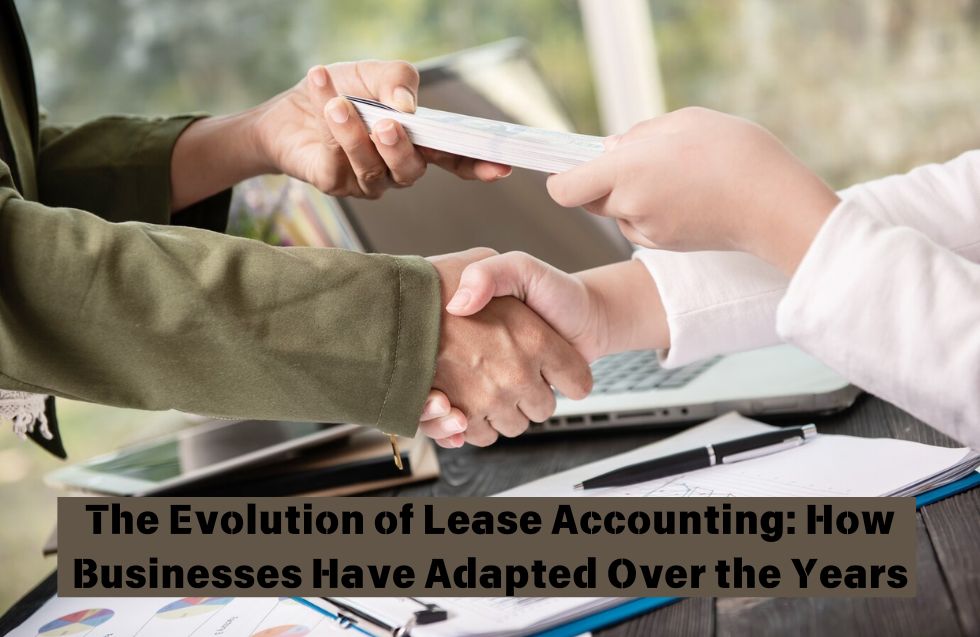Lease accounting has undergone significant transformations over the past decades, reshaping how businesses record and report their lease transactions. These changes have been driven by the need for greater transparency, comparability, and accuracy in financial reporting. Understanding the evolution of lease accounting is essential for businesses to adapt to current standards and prepare for future developments.
Early Approaches to Lease Accounting
In the early days of lease accounting, businesses primarily used operating and capital lease classifications under standards like ASC 840 in the United States and IAS 17 internationally. Operating leases were kept off the balance sheet, allowing companies to report lower liabilities and higher returns on assets. This approach often led to a lack of transparency, as significant financial obligations were not reflected in financial statements.
Limitations of Early Standards:
- Off-Balance-Sheet Financing: Companies could hide substantial liabilities, misleading stakeholders about their true financial position.
- Inconsistencies: Varied interpretations of lease classifications led to inconsistencies across industries and companies.
- Investor Concerns: Investors and analysts found it challenging to assess a company’s financial health accurately.
The Push for Transparency: Introduction of New Standards
To address these concerns, accounting standard-setters introduced new guidelines to enhance transparency and comparability. The Financial Accounting Standards Board (FASB) and the International Accounting Standards Board (IASB) collaborated to develop new lease accounting standards.
Key Developments:
- ASC 842 (U.S. GAAP): Implemented by FASB, ASC 842 became effective for public companies in 2019 and private companies in 2020.
- IFRS 16 (International): Introduced by IASB, IFRS 16 became effective in 2019 for companies following international standards.
These new standards require lessees to recognize nearly all leases on the balance sheet as a right-of-use asset and a corresponding lease liability, eliminating most off-balance-sheet accounting.
The Importance of Continuous Education and Adaptation
As lease accounting standards evolve, continuous education becomes imperative for accounting professionals and business leaders. Staying abreast of changes through professional development courses, workshops, and industry publications ensures that companies remain compliant and can leverage new standards to their advantage. Embracing a culture of learning within the organization not only aids in smooth transitions but also enhances the overall financial acumen of the team.
Moreover, businesses that proactively adapt to new lease accounting requirements position themselves competitively in the market. By demonstrating transparency and robust financial management, they can attract investors, secure favorable lending terms, and build stronger relationships with stakeholders. In an era where financial integrity is closely scrutinized, such proactive measures can significantly impact a company’s reputation and success.
Impact on Businesses
The adoption of ASC 842 and IFRS 16 has significantly impacted businesses across various sectors. Companies had to reassess their lease portfolios, implement new systems, and adjust financial metrics.
Notable Changes:
- Balance Sheet Expansion: Businesses saw an average increase of 25% to 50% in reported liabilities due to the capitalization of operating leases.
- Financial Ratios Affected: Key ratios like debt-to-equity and return on assets were impacted, influencing loan covenants and investor perceptions.
- Increased Compliance Costs: According to a Deloitte survey, 70% of companies reported higher costs associated with implementing the new standards.
- Enhanced Transparency: Stakeholders gained a clearer view of a company’s financial obligations, leading to more informed decision-making.
Challenges Faced During Transition
Transitioning to the new lease accounting standards presented several challenges for businesses:
- Data Collection and Management: Gathering complete and accurate lease data from various sources was time-consuming.
- System Upgrades: Existing accounting systems often lacked the functionality to handle the new requirements, necessitating software upgrades or replacements.
- Technical Complexity: Interpreting and applying the standards required significant expertise, leading to increased demand for specialized accountants.
- Employee Training: Staff needed training to understand and implement the new processes effectively.
In essence, many businesses with moderate to large lease commitments are better off with a workable ASC 842 lease accounting system that incorporates accountancy software and lease accountancy knowhow (whether in netsuite or elsewhere). Many businesses incorporate this themselves, while some use accounting departments with relevant experience.
Strategies for Successful Implementation
To navigate these challenges, businesses adopted various strategies:
- Cross-Functional Teams: Involving finance, legal, IT, and operations departments to ensure comprehensive data gathering and implementation.
- Lease Accounting Software: Utilizing specialized software to automate calculations and maintain compliance.
- External Consultation: Engaging with accounting firms or consultants for expert guidance.
- Continuous Monitoring: Establishing ongoing processes to manage leases proactively and stay compliant.
The Role of Technology in Modern Lease Accounting
Technology has played a crucial role in helping businesses adapt to the new lease accounting standards. Advanced software solutions offer:
- Automated Lease Classification: Determining lease types based on input data.
- Real-Time Reporting: Providing up-to-date financial statements reflecting lease obligations.
- Integration Capabilities: Seamlessly connecting with existing ERP and accounting systems.
- Regulatory Updates: Keeping businesses informed about changes in standards and regulations.
According to PwC, over 60% of companies implemented new or upgraded technology solutions to comply with ASC 842 and IFRS 16.
Future Outlook
Lease accounting continues to evolve, with potential future changes focusing on:
- Sustainability Reporting: Incorporating environmental, social, and governance (ESG) factors into lease decisions and reporting.
- Global Convergence: Further harmonization between U.S. GAAP and IFRS to simplify international financial reporting.
- Enhanced Disclosure Requirements: Providing more detailed information about lease terms, variable payments, and renewal options.
Conclusion
The evolution of lease accounting reflects a broader shift towards greater transparency and accountability in financial reporting. While the transition to new standards like ASC 842 and IFRS 16 posed significant challenges, it ultimately benefits businesses and stakeholders by providing a clearer picture of financial health. Embracing technological solutions and proactive strategies enables companies to adapt effectively, ensuring compliance and fostering investor confidence. As lease accounting continues to develop, staying informed and responsive will be essential for businesses navigating this complex landscape












